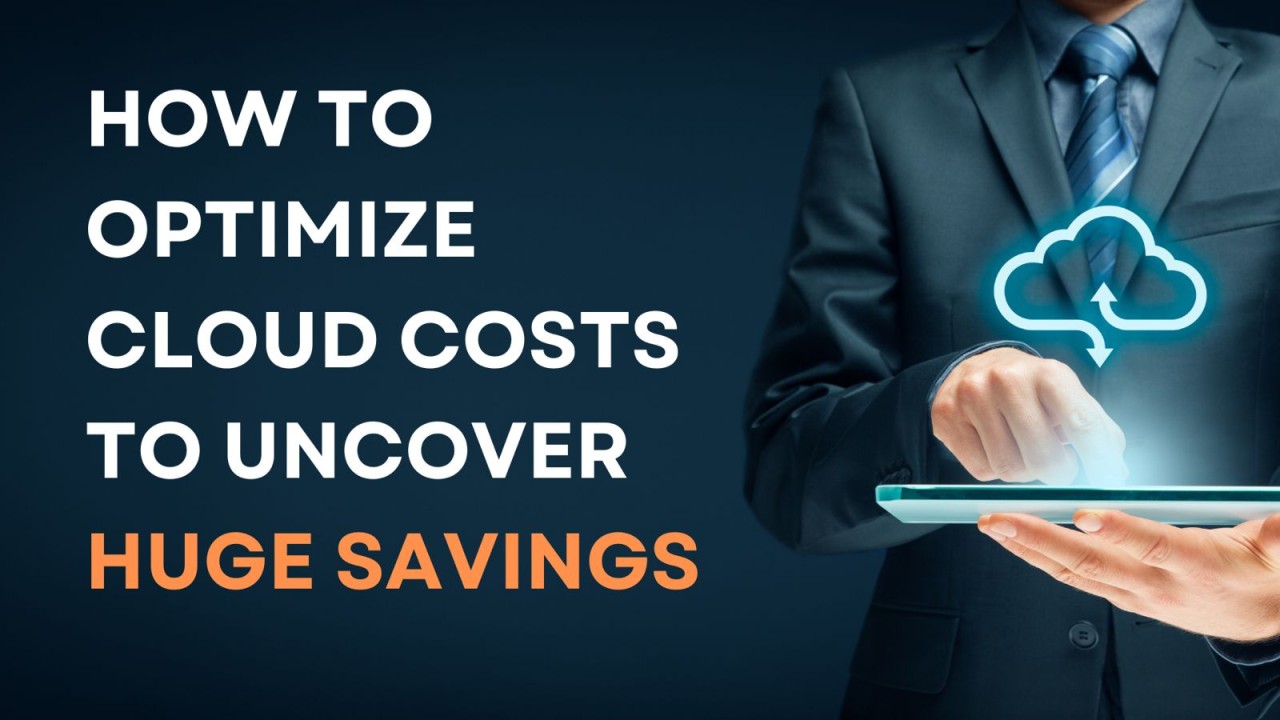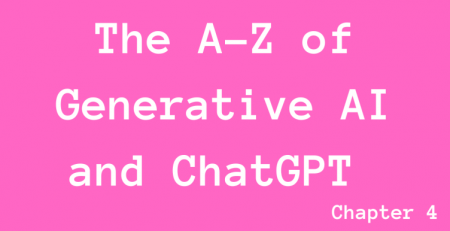The Essential Role of AI in Modern Computing
Most large organizations run multi-cloud IT environments. While some argue that single cloud platform solutions allow costs and skills to be consolidated or streamlined, for many, that’s neither realistic nor desirable.
Multinationals operate in a multi-cloud environment for a variety of strategic reasons. These can stem from acquisitions, decentralized decision-making, or the need to mitigate risks and comply with data protection regulations, which sometimes require on-premise cloud solutions.
Additionally, distinct cloud platforms like AWS, Azure, or IBM Cloud each bring unique advantages regarding strengths, costs, and functionalities. This variety allows companies to select the most suitable platform for specific functions and provides leverage in price negotiations with vendors.
The evolving landscape of generative AI presents challenges and opportunities, significantly increasing workloads and elevating the importance of effective cloud management.
Key challenges in a multi-cloud environment
A key challenge in a multi-cloud environment is cost management, given different cloud vendors’ varying and often complex pricing structures. Cloud vendor offerings and costs vary. Cloud offerings aren’t always like-for-like; they are often complex and opaque.
While many cloud providers propose discounts for long-term commitments, these deals come with risks. You may pay for unused capacity if your cloud usage decreases or fluctuates dramatically.
In such cases, opting out of the long-term discounted deal might have been the more cost-effective choice. Alternatively, if you’re using more compute than you’re contracted, you can miss out on better deal discounts and savings.
And as #GenAI usage explodes, cloud spending has the potential to grow exponentially. Therefore, the more accurately you understand your current and future cloud usage, the more effectively you can optimize your cloud costs and business operations.
Given the complexity of your IT operations, automation becomes a key enabler, transforming a challenging task into a feasible one. Implementing FinOps to integrate IT operations with business and financial functions and employing AIOps to leverage AI for optimization frees you to concentrate on exception handling and strategic decision-making. This approach optimizes cloud cost, streamlines operations and ensures more efficient resource allocation.
To effectively manage cloud spending, there are two main strategies:
Financial optimization: This approach involves balancing public, private, multi-cloud, and hybrid cloud environments. It determines when long-term contracts are more cost-effective than prepaid options with lower discounts for specific tasks. Automated systems play a key role here, managing the intricacies of pricing, evaluating trade-offs between speed, quality, and cost, and pinpointing and eliminating wasteful resources like idle instances, overprovisioned servers, or unused storage.
Engineering optimization: This strategy enhances the performance and setup of cloud resources. It involves fine-tuning instances’ size, type, or location and implementing policies, tags, or labels to manage them better. Automation is crucial here, too, streamlining IT operations processes, including monitoring, alerting, incident management, root cause analysis, and remediation. This optimization reduces costs and boosts overall efficiency in cloud resource management.
To reap cloud benefits, you need a plan to develop FinOps and AIOps capabilities in-house or through a partner – reach out to me to learn how.
Other posts on FinOps, AIOps and Cloud Cost Management.









Leave a Reply